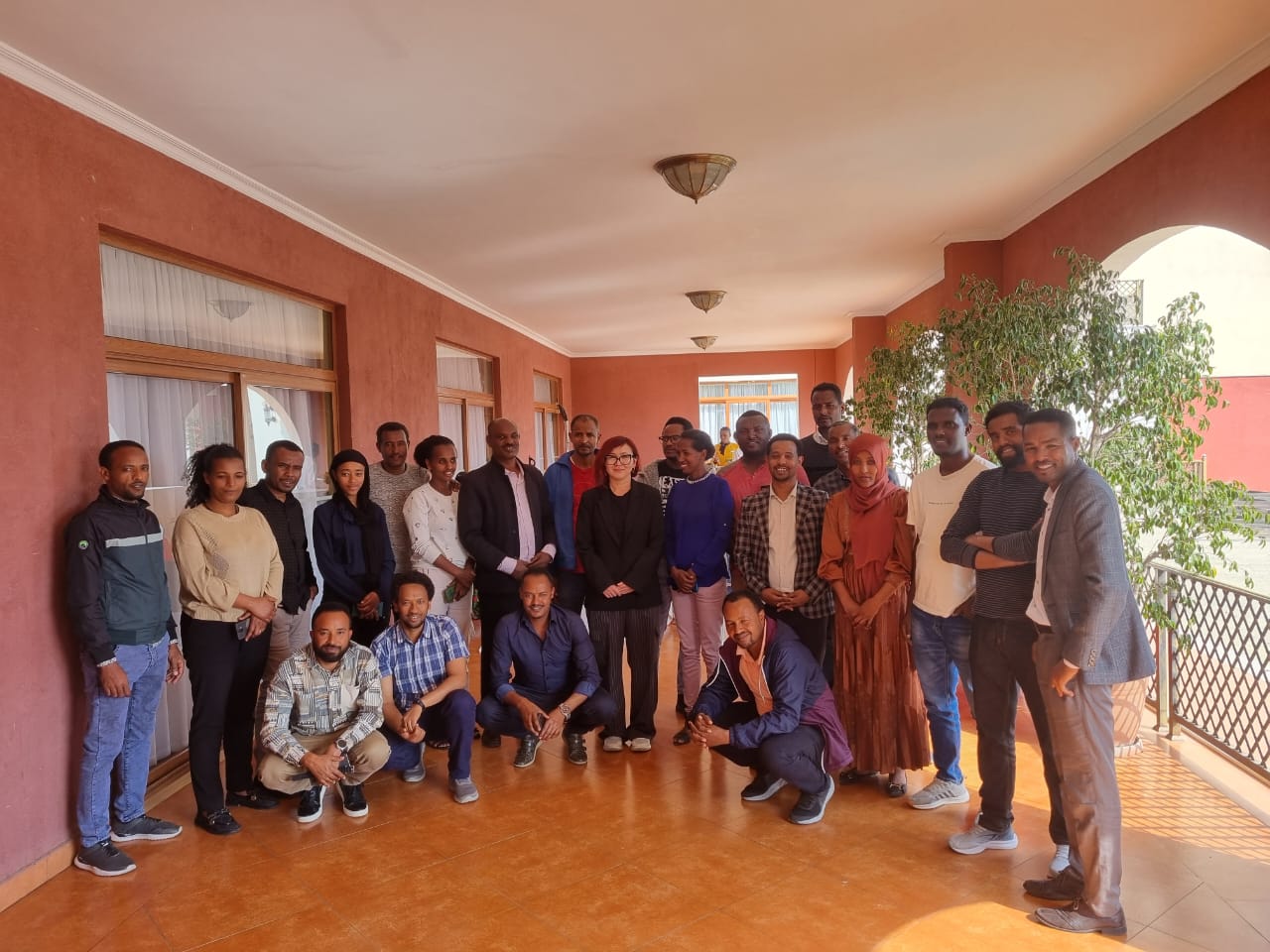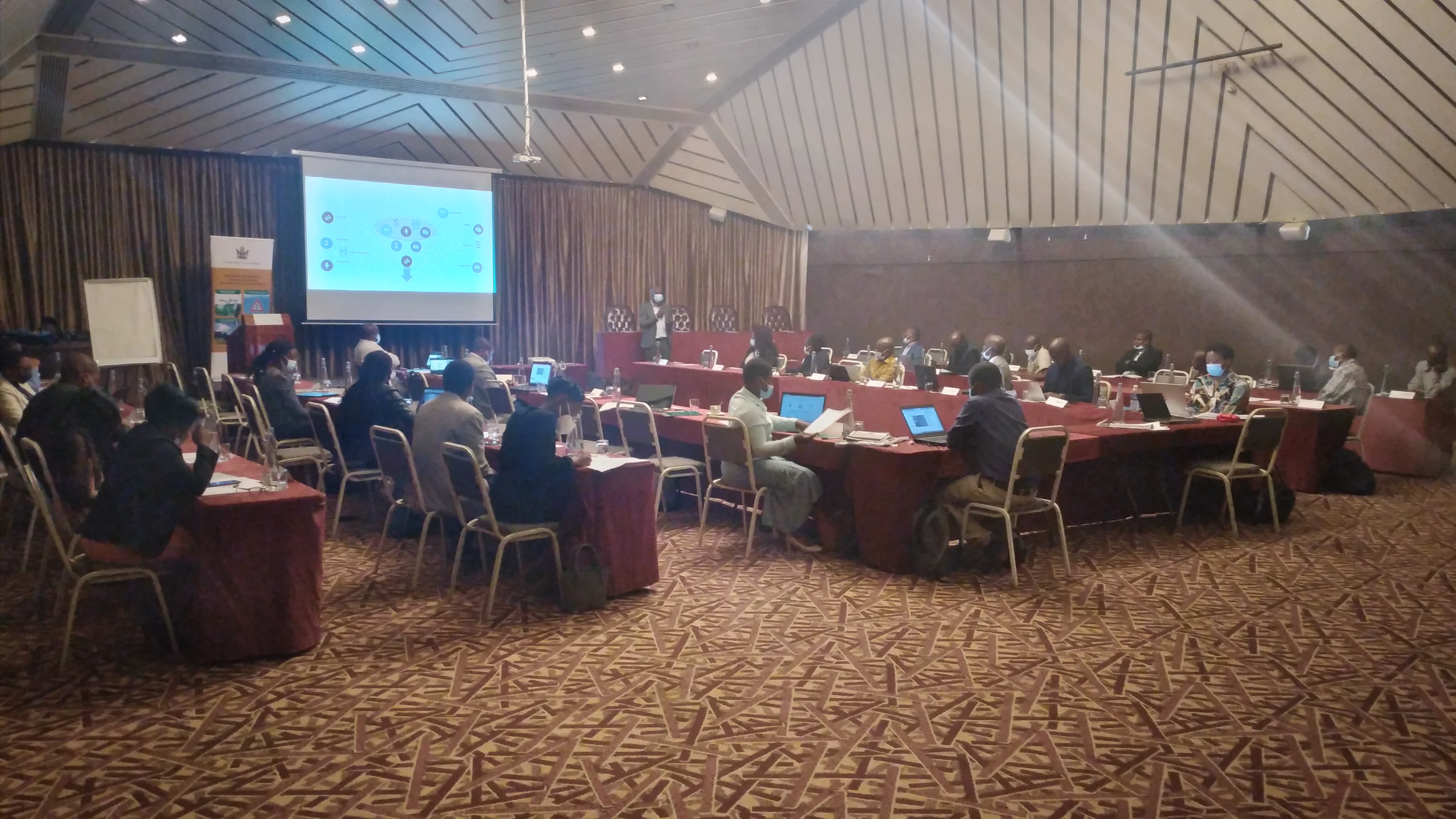Ethiopia and Seychelles are well underway to use the Greenhouse Gas Abatement Cost Model (GACMO) to develop greenhouse gas emissions projections and evaluate the impact of mitigation actions.
In December, training workshops in Ethiopia and Seychelles received highly positive feedback from partners and participants both on how the GACMO tool can help improve climate action with detailed projections of emissions reductions and on the content of the workshops in enabling participants in using the tool.
The training workshops were supported by the Capacity-building Initiative for Transparency – Global Support Programme (CBIT-GSP) and the Initiative for Climate Action Transparency (ICAT) project.
New user-friendly GACMO version
The GACMO (Greenhouse Gas Abatement Cost Model) is a greenhouse gas emissions projections tool developed over more than twenty years by the UNEP Copenhagen Climate Centre.
It allows countries to carry out rapid but accurate scenario analysis of how a variety of mitigation options impact emissions, thereby increasing transparency and contributing to informed decision making.
The tool can provide valuable input for preparing and updating NDCs by identifying NDC targets for emissions reductions and by providing assessments of future emissions in different climate action scenarios.
It can also be used to prepare biennial transparency reports (BTRs) under the Paris Agreement.
As part of finalizing a new and improved version of GACMO, the two training workshops in Ethiopia and the Seychelles introduced the new version of the tool and collected feedback for the last fine tuning before launching GACMO version 2.0.
The new version follows the same methodological approach, but has a user-friendly step-by-step improved interface, and comes with detailed guidance and two video tutorials. The development of the new GACMO version was supported by ICAT.
Using the GACMO tool for Biennial Transparency Reports
The training workshops in both Ethiopia and Seychelles introduced the GACMO tool and how it can be used in relation to NDC development, update.
They covered the data necessary, and how to set up business-as-usual and mitigation scenario to enable informed and transparent decisions on climate change mitigation.
The two training workshops also showed how to use the GACMO tool for Biennial Transparency Reports.
Besides these overall issues, the workshop in Ethiopia contained detailed discussions on specific mitigation options, while the Seychelles workshop contained detailed exercises on mitigation options for a wide variety of sectors.
Improving knowledge and bolstering readiness
Workshop participants from Ethiopia lauded the improved interface of the new GACMO version, highlighting its user-friendly design and enhanced navigational features.
Feedback from Ethiopia was overwhelmingly positive, with a 75% rating of the overall training as either good or very good. Participants noted a significant improvement in knowledge levels, demonstrating the efficacy of the training in supporting technical and decision-makers.
In Seychelles, participants expressed gratitude for the comprehensive training, stating that it significantly bolstered their readiness for assessing mitigation potential. They also noted that thanks to the training, they are much better prepared for assessing mitigation potential and that they may use the GACMO tool for the preparation of the Seychelles’ Biennial Transparency Report, emphasized the practical impact of the training.
For Ethiopia and Seychelles focus now shifts to further develop the GACMO tool to increase transparency, improve reporting, and ultimately catalyze impactful climate actions.



